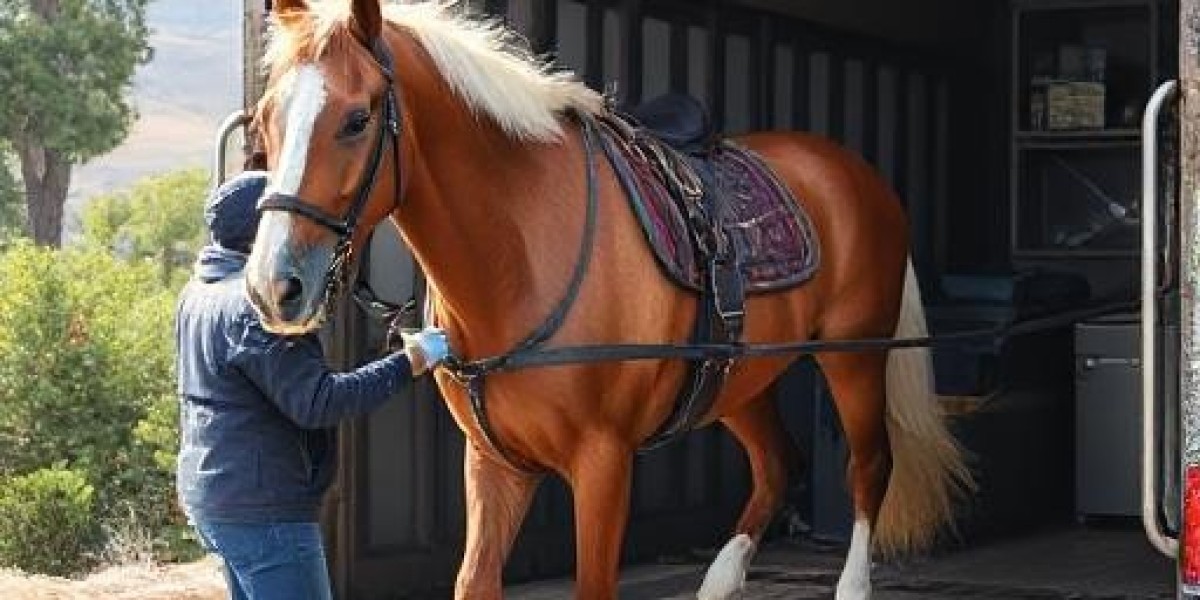Transporting horses requires careful planning, a deep understanding of equine behavior, and the right equipment to ensure their safety and well-being. Whether moving horses for competitions, breeding, trail riding, or relocation, owners and professionals alike must prioritize preparation, monitoring, and post-journey care to minimize stress and potential health risks. The process involves more than just loading a horse into a trailer; it is a combination of proper handling, appropriate vehicle selection, and attention to environmental conditions.
Understanding the Importance of Safe Horse Transport
Horses are highly sensitive animals, and even minor changes in their environment can lead to stress, anxiety, or injury. When transported, they may face unfamiliar sights, sounds, and movement, which can be overwhelming. Safe transport minimizes these risks by ensuring that horses are comfortable, secure, and calm throughout the journey. A well-planned journey not only preserves the horse’s physical health but also protects its mental well-being, which is crucial for performance and overall quality of life.
Transporting horses without proper care can lead to a range of problems, including respiratory issues, dehydration, muscle stiffness, and injuries caused by sudden movements or poor footing. Long-distance travel requires extra consideration, such as breaks for rest, hydration, and feeding. By focusing on the horse’s needs, handlers can significantly reduce stress and maintain the animal’s peak condition upon arrival.
Choosing the Right Transport Vehicle
Selecting the appropriate vehicle is one of the most important aspects of equine relocation. Trailers and trucks designed specifically for horses provide stability, ventilation, and secure partitions. These vehicles often include non-slip flooring, padded walls, and sufficient headroom to prevent injuries during loading, transit, and unloading.
The size of the transport vehicle should match the size and number of horses being moved. Overcrowding can increase stress and the likelihood of accidents, while excessive space may make it difficult for horses to maintain balance. Dividers are essential to keep horses separated and prevent kicking or biting. Additionally, vehicles should allow for proper airflow to regulate temperature and reduce the risk of respiratory problems.
Preparing Horses for Transport
Proper preparation is critical to a successful journey. Horses should be accustomed to the trailer or transport vehicle before a long trip. Gradual training, including short practice rides, can help reduce fear and anxiety. Familiarizing the horse with the sound and motion of the vehicle allows it to develop confidence and trust in the process.
Health checks are essential before any journey. Horses should be up-to-date on vaccinations, in good physical condition, and free from injuries or illnesses that could be aggravated during transport. Hooves should be inspected, trimmed, and properly shod if necessary. It’s also important to ensure the horse is hydrated and has been fed appropriately prior to departure.
Packing a first-aid kit and any necessary supplements or medications ensures that the horse’s needs can be addressed promptly during the journey. Equine-specific items, such as leg wraps or protective boots, can prevent injuries, especially during longer trips or rough road conditions.
Loading and Unloading Techniques
Loading and unloading are critical moments in horse transport and require patience and technique. Horses should never be forced, as this can create fear and resistance. Using calm, reassuring body language and verbal cues helps ease anxiety. Experienced handlers often use a lead rope and halter to guide the horse safely onto the vehicle.
When unloading, handlers should remain vigilant and give the horse time to adjust to new surroundings. Sudden exposure to unfamiliar terrain, loud noises, or other animals can startle horses, so a controlled environment is ideal. Ensuring proper footing at the unloading area is essential to prevent slips or injuries.
Monitoring During Transit
During the journey, horses must be monitored to ensure they remain calm and comfortable. Regular checks on breathing, posture, and overall behavior help identify stress or discomfort early. Sudden movements, excessive sweating, or signs of fatigue may indicate that a horse is not coping well with the conditions.
Temperature, ventilation, and noise levels inside the vehicle must be managed carefully. Horses are particularly sensitive to heat, and inadequate airflow can lead to overheating or respiratory distress. Frequent stops for short breaks allow horses to rest, drink water, and relieve themselves if necessary. This is especially important for longer trips where continuous travel may lead to fatigue or stiffness.
Environmental and Seasonal Considerations
Weather and road conditions play a major role in horse transport planning. Extreme heat, cold, rain, or snow can affect the safety and comfort of horses during travel. In hot weather, it’s essential to provide adequate ventilation, shade, and hydration. In colder conditions, horses may require blankets or additional protection to maintain body temperature.
Road conditions should be considered to minimize abrupt movements that could cause injury. Smooth, well-maintained roads reduce the risk of falls and jostling, while rough terrain requires slower, more careful driving. Drivers should be experienced in handling large vehicles and be familiar with equine transport techniques to ensure a safe journey.
Post-Transport Care
The journey doesn’t end when the horse reaches its destination. Post-transport care is equally important to ensure the animal recovers from the stress of travel. Horses should be allowed to rest, drink water, and be fed gradually to prevent digestive upset. Checking for any injuries, cuts, or signs of fatigue is essential.
A short period of light exercise can help relieve stiffness and restore circulation. Observing the horse’s behavior over the following hours and days provides insight into how well it handled the journey and allows any issues to be addressed promptly. Proper post-transport care ensures that the horse remains healthy, happy, and ready for its next activity.
Choosing Experienced Handlers
Engaging experienced handlers or transport professionals can make a significant difference in the quality of horse relocation. Professionals understand the nuances of horse behavior, loading techniques, and vehicle management. They are trained to anticipate potential problems and respond quickly to ensure safety throughout the journey.
Using professional services may also provide access to specialized vehicles equipped with advanced safety features, climate control, and monitoring systems. This level of expertise and equipment can reduce the stress associated with travel and ensure that horses arrive at their destination in optimal condition.
Conclusion
Horse relocation is a complex process that demands careful preparation, attention to detail, and a deep understanding of equine behavior. From selecting the right vehicle and preparing the horse to monitoring conditions during transit and providing post-journey care, every step contributes to the safety, comfort, and well-being of the animal. By prioritizing proper planning, professional handling, and attentive monitoring, owners can ensure a smooth, stress-free journey that supports both the physical and mental health of their horses. Safe and considerate travel practices not only protect the horse but also foster trust, confidence, and positive experiences for all involved in the journey.













